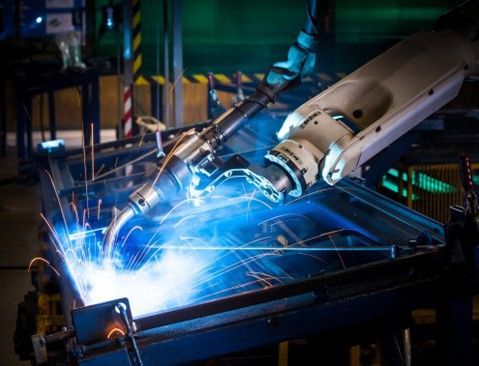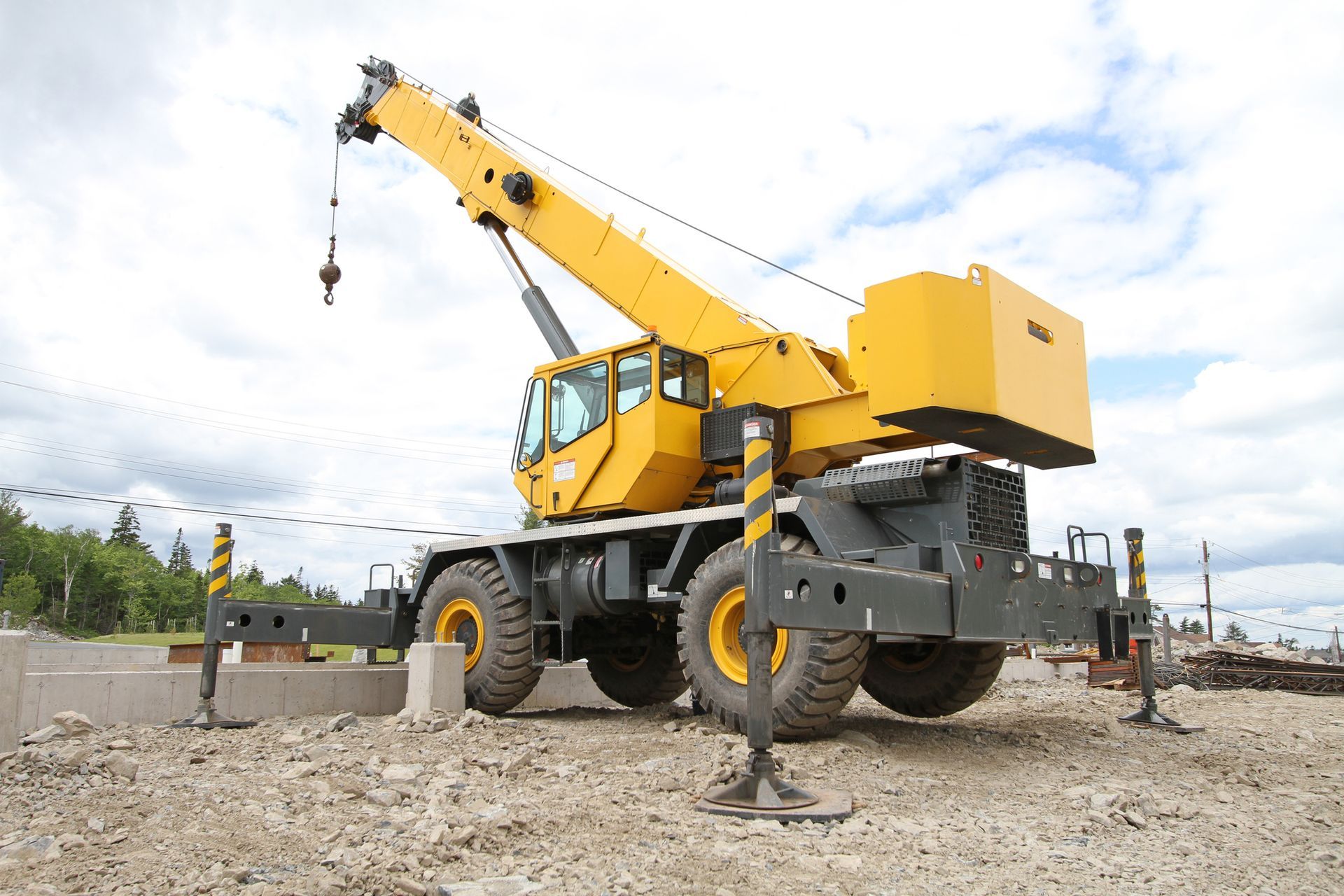

Understanding and reading crane load capacity is paramount in ensuring safe and efficient lifting operations. Crane operators, project managers, and construction professionals must be well-versed in deciphering load capacity specifications to prevent accidents and optimize workflow.
The crane load chart is the best way to know a crane's load capacity. This guide delves into the key aspects of the crane load chart.
What Is a Crane Load Chart?
A crane load chart is a graphical representation or a table that outlines the maximum safe lifting capacities of a crane under various conditions. These conditions typically include different boom lengths, angles, and counterweight configurations.
The load chart serves as a guide to ensure that the crane is operated within its specified limits, preventing overloading and ensuring safety on the job site. The chart is specific to each crane model and is typically provided by the crane manufacturer. It takes into account factors such as the crane's structural integrity, stability, and the dynamic forces involved in lifting and moving loads.
The load chart is organized into a grid, with boom length on one axis and load radius on the other. The intersection of these parameters indicates the maximum allowable load the crane can lift. Operators use this information to make informed decisions during lifting operations, adjusting the crane's configuration based on the load weight and lift radius.
Additionally, load charts may include different sections for various boom configurations, outrigger extensions, and working on slopes. These variations account for the crane's versatility in handling different loads and working conditions.
How Do You Read a Crane Load Chart?
Reading a crane load chart is crucial for ensuring safe and efficient lifting operations. Here's how to read a crane load chart:
Chart Basics
Load charts are typically divided into sections for different boom lengths and working radii. Boom length is the horizontal distance from the crane's center to the center of the load.
Capacity Tables
Look for the capacity tables that correspond to the specific crane model you are using. Tables are organized by boom length, and sometimes by the angle of the boom as well.
Boom Length
Identify the boom length on the horizontal axis of the chart. This is crucial as lifting capacity varies with boom extension.
Radius or Distance
Locate the working radius or distance from the crane's center to the load. This is usually found on the vertical axis. Ensure that the radius corresponds to the specific boom length you have selected.
Capacity Values
Intersect the selected boom length and working radius to find the corresponding load capacity value. The capacity is often given in percentage of the crane's maximum capacity or in terms of the actual weight in pounds or kilograms.
Configuration Adjustments
Be aware of configuration adjustments. Some charts may include different lines for different boom configurations, like when using jibs or extensions.
Outriggers and Counterweights
Consider the impact of outrigger extension and counterweight position on the load chart. Some charts may have adjustments for these factors.
Dynamic Effects
Understand dynamic effects, as lifting capacities can be affected by factors such as wind speed and crane movement.
Temperature and Altitude
Some load charts may provide corrections for temperature and altitude. High temperatures or high altitudes can affect a crane's performance.
Caution Zones
Be aware of caution zones on the load chart. These are areas where the crane's capacity is limited, often due to stability concerns.
Load Moment Indicators (LMI)
If your crane is equipped with a Load Moment Indicator, use it in conjunction with the load chart for real-time monitoring of the lifting operation.
Always adhere to the manufacturer's guidelines and never exceed the rated capacity specified on the load chart. You should also get your cranes from 3-B Welding LLC. Contact us for more information.






